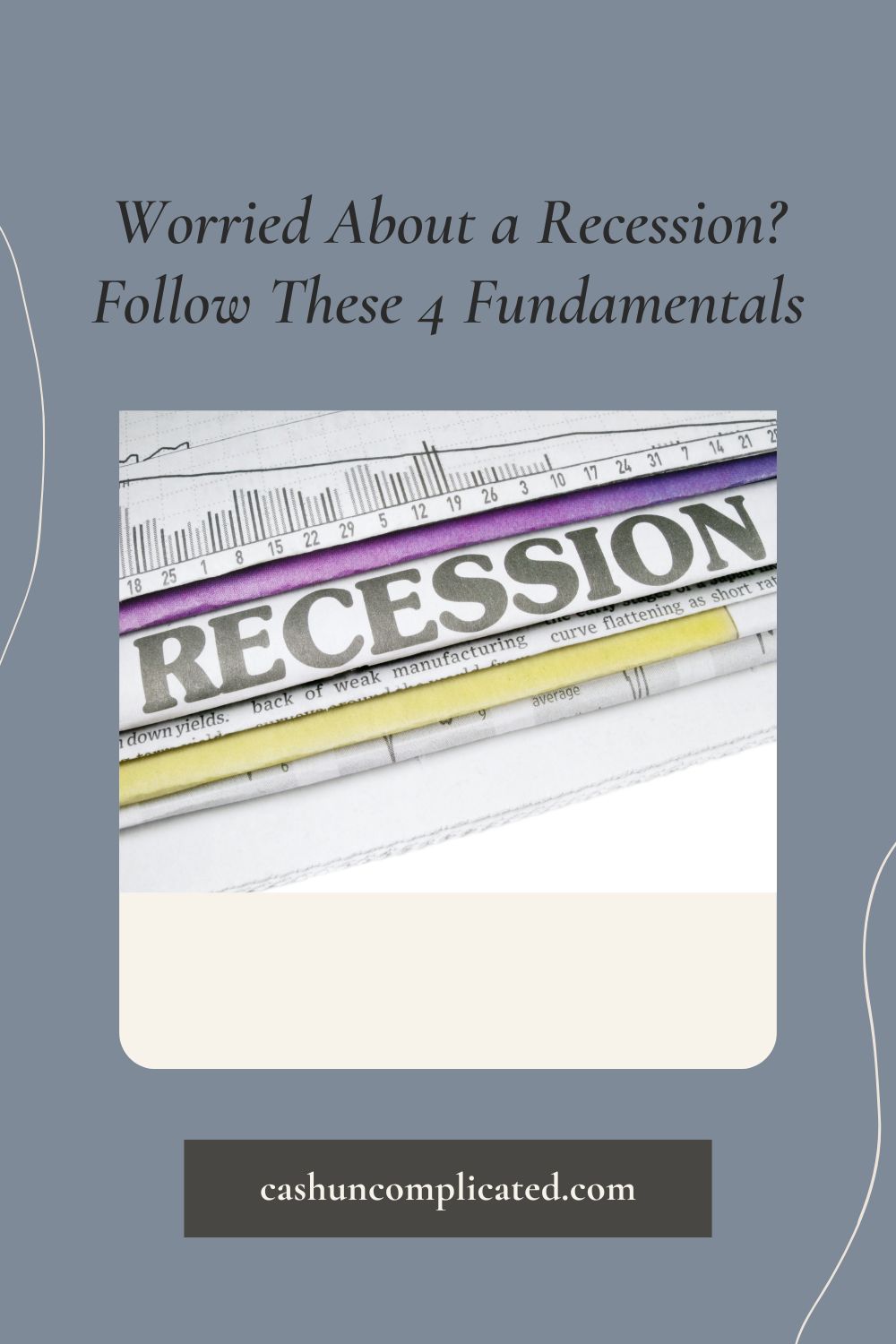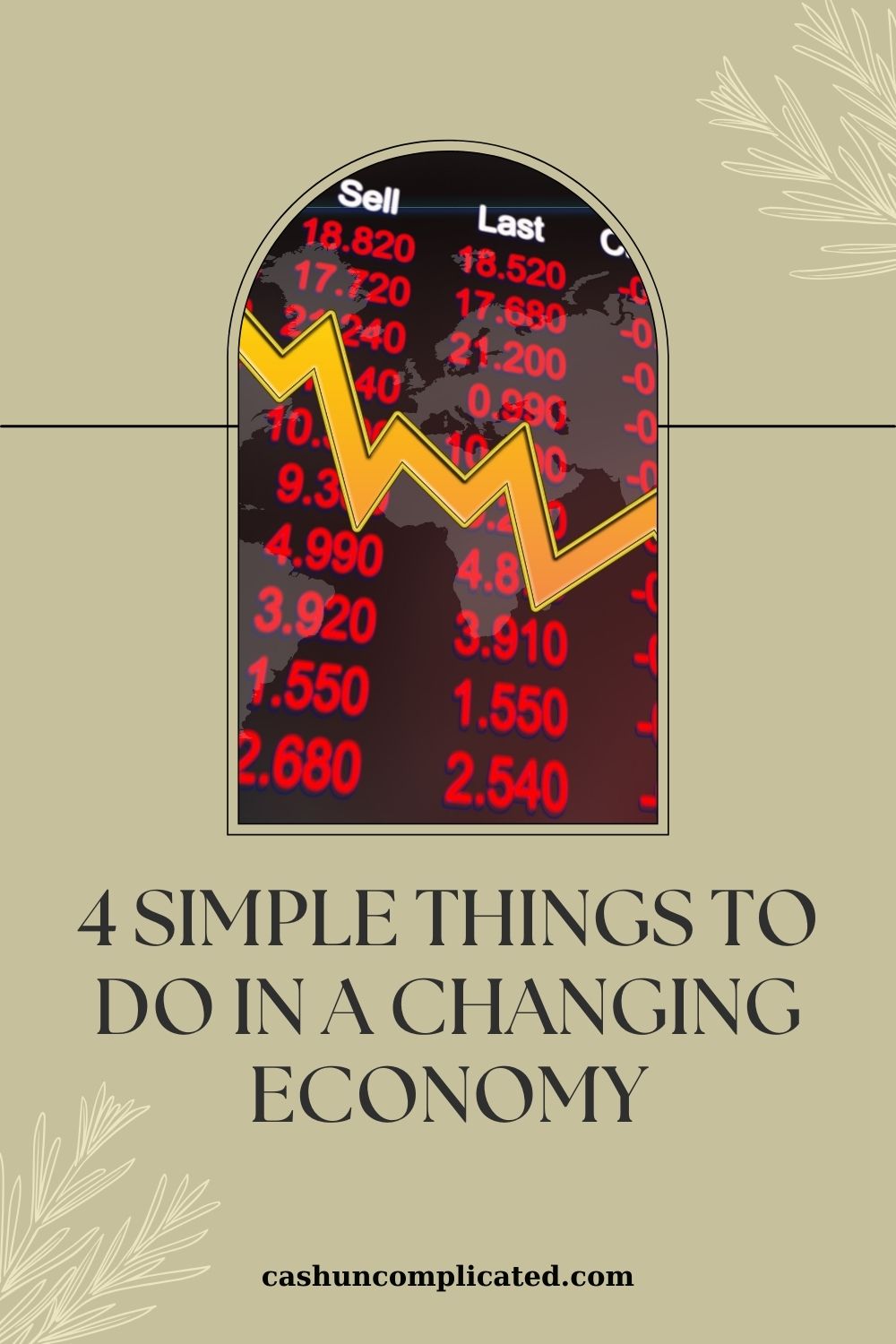It hasn’t been uncommon over the years for stories to come out about people moving to less expensive areas of the country. Those stories usually involve someone from California or New York moving to a much less expensive part of the country, tripling the square footage of their house, while paying a quarter of the price.
With people being able to work remotely during the Coronavirus pandemic, that talk has really amped up. Some companies have even said that employees can continue to work remotely after the pandemic ends.
So should you move? That’s a big question, and like any big question, there are many factors to consider. Here are my top 5 considerations.
1. Job Market
Unless you’re financially independent, you probably need a job. What does a side by side comparison of the job market look like when you compare the city you currently live in, with the city you’re thinking about moving to? Even if you’re an entrepreneur, or your company says you can work remotely forever, you should still do this comparison.
If you eventually want to switch to a new company, or you lose your job, what options are out there in both cities? For example, a tech worker doing a brief side by side comparison of the Silicon Valley job market with somewhere out of state might look like this:
| Silicon Valley | City Out of State | |
| Number of Tech Jobs | Hundreds, if not thousands | Less than 20 locally, but a few hundred remote work opportunities |
| In-person Networking Opportunities | Hundreds | Few |
| Startups | Hundreds | Very few |
| In-person Meetups/mastermind groups | Several everyday | Less than 5 |
| Potential Investors | Hundreds | Less than 20 locally, hundreds remotely |
| Pay | Easily 6 figures | Easily 6 figures for remote work, under $100,000 for local companies |
For this tech worker looking at just the job market, the Silicon Valley is the clear winner. There are hundreds more opportunities in every category, and the pay is higher for local employment. There are job opportunities moving out of state, but those opportunities are much less abundant than in the Silicon Valley.
I’m a big proponent for creating as many favorable options for yourself as you can. Options to advance in a new company, entrepreneurial opportunities, a robust job market if you lose your job or just want to find new one, among many others. In this instance, the Silicon Valley job market has a disproportionate amount of favorable options than a less expensive area out of state.
2. Earnings Minus Expenses
If you’re living in an expensive state and city, almost anywhere out of state is going to have a much less expensive cost of living. That’s not the end of the story though. Many of the less expensive states also have lower paying jobs.
Using a high school teacher as just one example, there is a huge pay disparity between states. According to an August 4th, 2020 article in Forbes, the average salary for a high school teacher in New York is $87,240. California and Massachusetts high school teachers both average over $80,000 yearly.
Compare that to a high school teacher in Arizona, Oklahoma, South Dakota, West Virginia, and Mississippi where the average salary is under $50,000 yearly.
Using the numbers from the Forbes article, let’s take two neighboring states on that list, California and Arizona, and do a quick side by side comparison of a high school teacher.
| California | Arizona | |
| Gross Pay | $85,080 | $46,580 |
| Approximate Net Pay After Taxes * | $58,450 yearly
$4,871 monthly |
$34,777 yearly
$2,898 monthly |
| Pay Yourself First, Invest 10% | $487 | $290 |
| Housing Costs (Median Home Price) ** | $550,800 | $257,600 |
| Estimated Monthly House Payment (20% down, 4% interest) | $2,645 | $1,222 |
| Food | $550 | $350 |
| Utilities | $150 | $100 |
| Entertainment | $500 | $250 |
| Fuel | $150 | $100 |
| Health Insurance *** | $348 | $404 |
| Travel costs to see family | $25 | $100 |
| Earnings Minus Expenses | $66 | $82 |
*Using federal tax rate of 22% for CA and AZ teacher & 9.3% state tax rate for CA, 3.34% AZ
**https://www.experian.com/blogs/ask-experian/research/median-home-values-by-state/
***https://www.valuepenguin.com/average-cost-of-health-insurance
It might surprise you that the numbers are basically about even. The teacher from California is investing more money and owns a higher priced home, which will likely appreciate at a higher rate. Other than that, the numbers are fairly even.
Obviously there are some issues with this comparison like both people have housing costs that are too high. And that teachers should be paid more!
The real point of this example though is to show the importance of calculating monthly cash flow. If you’re thinking about moving, run a detailed side by side comparison of all your costs. Include all your income and costs including health insurance, food, fuel, travel costs to see family, etc.
Take the emotion out, and make it just about the math. After factoring everything in, subtract your expenses from your income to arrive at your number. If the numbers heavily favor one city over another, that will be a big factor to consider.
3. Family
Many people live near family members, especially those who live in an area near where they grew up. Parents, siblings, aunts, uncles, cousins, etc. Those relationships can be big factors in deciding whether to move or not. Some questions you might ask yourself:
- How often do I see family?
- If I move, how convenient is the travel to come back and visit? For example, amount of direct flights and cost.
- If you have kids, how close are they to family members?
- Will moving positively or negatively impact family relationships? Or neutral?
- What kind of health are your parents and other family members in?
- What kind of responsibility do you have for the care of parents or others?
These can be important factors for many, knowing everyone’s situation is different. Someone who has 4 siblings who all live near an aging parent is in a different situation than an only child with an aging parent. A single 25-year old is in a much different situation than a 40-year old with a couple kids.
4. Friends and Social Life
The average person living somewhere more than a few months probably has friends and a social life. Just like with family, asking yourself a series of questions will give you more clarity on how willing you are to move away from your friends.
- What does your social network look like?
- How often do you hang out with friends?
- If you have kids, what does their school and social situation look like?
- If you move, is it easy for you to make new friends?
- Can you keep in touch with friends you’ve moved away from using technology like Facetime, Zoom, group texts, etc?
Someone who hangs out with the same group of friends every Saturday and Sunday probably will be less likely to move than someone who sees friends once or twice a month. Or someone with two children in high school with many social connections would be much less likely to move than someone with young children.
5. Intangibles
Often an underrated category, the intangibles are sometimes even more important than cost of living, or the amount of money you can make in a job. The intangibles are why many people choose to live in an expensive city or high cost of living state. Some of the most common intangibles:
- Weather
- Entertainment-sports, arts, cultural events
- Proximity to a large city or airport
- Medical facilities
- Opportunity for adventure
- Location within the country
- Local flavor
- Restaurants
- Outdoor activities
A lot of these categories are really important to people. A foodie will probably want to live near many restaurants. A huge college football fan of her alma mater will likely want to live near her school so she can go to games. Someone who travels a lot for work might want to live in the middle of the country so they have easier travel with more direct flight options.
Have you made a big move recently? Or are you considering moving soon? Where?








